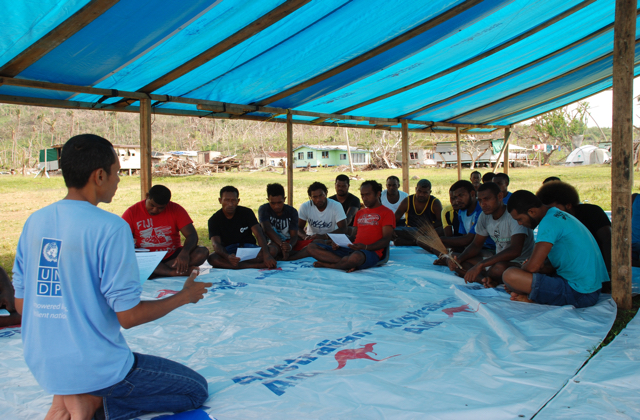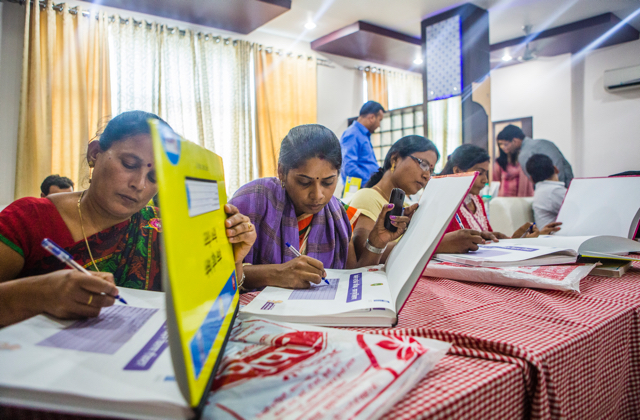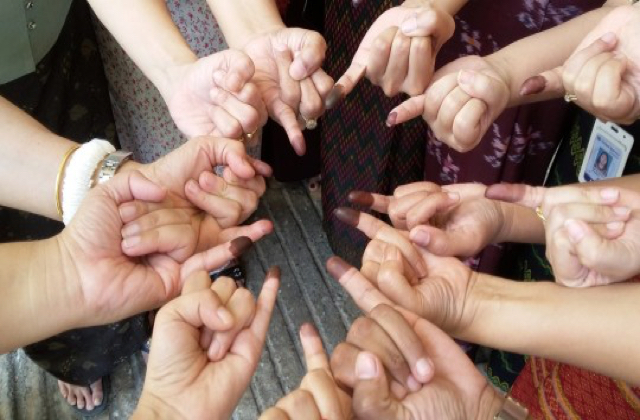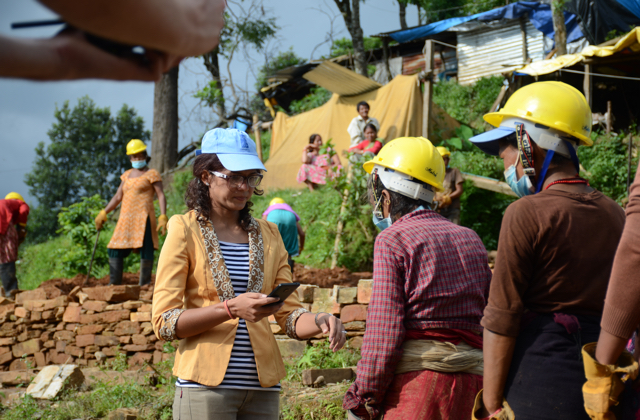ASIA-PACIFIC
Development challenges in Asia and the Pacific are as diverse and complex as the region itself. It has some of the biggest and most dynamic economies and some of the smallest island countries; some of its countries have very young populations, such as Afghanistan and Pakistan, while other countries’ populations are aging rapidly, such as Japan and the Republic of Korea.
It is the most disaster-prone region in the world, with small island developing states in the Pacific bearing the brunt of climate change. Meanwhile, concerns about environmental degradation are increasingly relevant for some of the fastest-growing economies in the region.
The region has made the fastest human development progress in the past quarter-century, but it is also home to more than half the world’s poor.
Closing this gap is within reach, however, in part because of favourable demographics. With 68 percent of the population of working age, there is a window of opportunity to increase productivity, invest in growth and save for the future between now and 2050, when the number of people retiring will overtake the number of people entering the labour market.
To respond to these challenges, UNDP concentrates its efforts on designing innovative and efficient solutions that promote inclusive growth, effective governance, smart cities, and decent jobs—contributing to sustainable and resilient development.
UNDP helps partners design and implement large-scale development initiatives that deliver lasting social, economic, and environmental improvements in countries across the region.
UNDP’s support to governments, civil society, the private sector, and communities is at every level: legislative and regulatory advice that transforms governance systems; capacity building and trainings that build nations; and employment schemes that bring jobs to the most vulnerable groups.
For every project, UNDP provides partners with a team of experts who link local challenges to national, regional, and global knowledge and resources. With a presence in 36 countries and decades of experience in the region, UNDP has become a trusted partner helping countries to reach the Sustainable Development Goals.
COUNTRY SNAPSHOTS
 China
UNDP
China
UNDP
 Fiji
UNDP
Fiji
UNDP
 India
UNDP
India
UNDP
 Myanmar
UNDP
Myanmar
UNDP
 NEPAL
UNDP
NEPAL
UNDP

